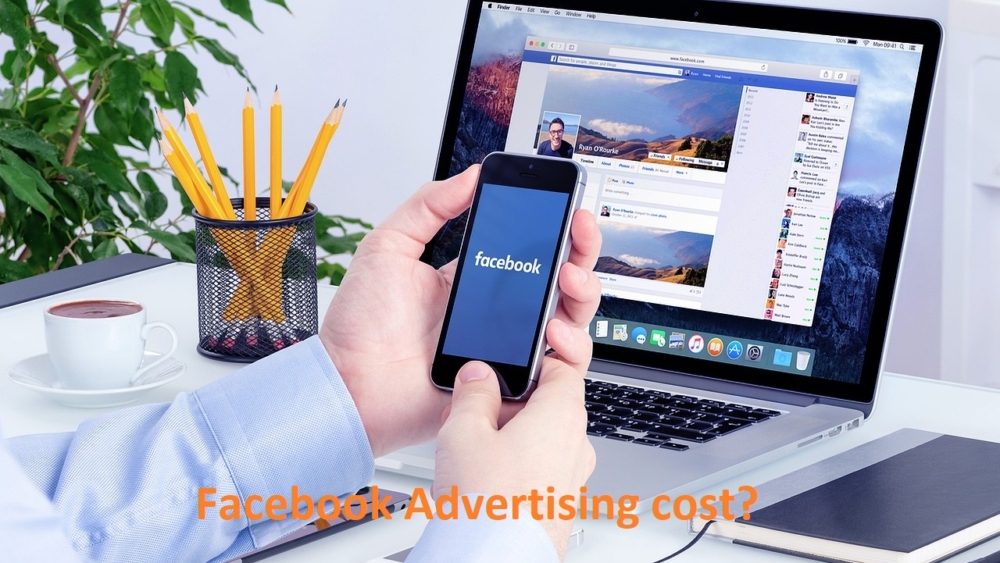In today’s digital landscape, Facebook advertising has become a powerful tool for businesses to reach their target audience and drive conversions. However, before diving into the world of Facebook PPC ads, it’s essential to understand the factors that influence Facebook advertising cost. In this guide, we will explore the intricacies of Facebook advertising pricing, budgeting strategies, and tips to optimize your ad spend. Whether you’re a small business owner or a marketing professional, this article will provide valuable insights to help you make informed decisions and achieve maximum ROI for your Facebook advertising campaigns.
Section 1: Facebook Advertising Cost Factors > Facebook advertising costs can vary significantly based on several factors. Understanding these factors will help you estimate and manage your advertising budget effectively. Some of the key cost factors include:
- Ad Objectives and Bid Types
- Target Audience Size and Competition
- Ad Relevance and Quality Scores
- Ad Placement and Formats
- Time of the Year and Seasonality
- Geographic Targeting and Location-specific Costs
Section 2: Facebook Ad Pricing Models >Facebook offers various pricing models to advertisers. Understanding these models will help you choose the right approach for your advertising goals. The two primary pricing models on Facebook are:
- Cost Per Click (CPC): You pay when someone clicks on your ad.
- Cost Per Thousand Impressions (CPM): You pay for every 1,000 ad impressions.
Section 3: Average Facebook Advertising Costs > While it’s challenging to provide an exact cost figure, we can discuss average Facebook advertising costs based on industry benchmarks and ad performance. Industry-specific factors, such as competition and target audience, can significantly impact costs. Here are some rough estimates:
- Cost per Click (CPC): Typically ranges from $0.50 to $2.00.
- Cost per Thousand Impressions (CPM): Generally falls between $5 and $10.
Section 4: Factors Affecting Facebook Ad Costs > To gain a deeper understanding of the Facebook advertising cost structure, let’s explore the key factors that influence ad costs:
- Audience Targeting: The size and specificity of your target audience impact costs. Narrow, niche targeting may lead to higher costs compared to broader targeting.
- Ad Quality and Relevance: Facebook rewards high-quality, relevant ads with lower costs. Improving your ad relevance and quality scores can reduce expenses.
- Ad Placement: Different ad placements, such as News Feed or Audience Network, have varying costs. Understanding performance metrics for each placement is crucial for cost optimization.
- Bidding Strategies: Facebook provides different bidding options, such as manual or automatic bidding. Choosing the right strategy aligned with your campaign goals affects costs.

Section 5: Tips to Optimize Facebook Advertising Costs > Now that we understand the factors influencing Facebook advertising costs, let’s explore some strategies to optimize your ad spend:
- Set Clear Objectives: Define specific campaign goals to align your budget and measure success accurately.
- Audience Targeting: Refine your target audience based on demographics, interests, and behaviors to ensure your ads reach the right people.
- Ad Creative and Copy: Craft compelling ad content that resonates with your target audience, increasing engagement and relevance.
- Ad Scheduling: Analyze data to identify peak engagement periods and schedule your ads during those times to maximize reach and reduce costs.
- A/B Testing: Continuously test different ad variations, targeting options, and bidding strategies to identify the most cost-effective combinations.
- Performance Tracking and Optimization: Regularly monitor ad performance, identify underperforming ads, and make data-driven optimizations to improve


Add a Comment